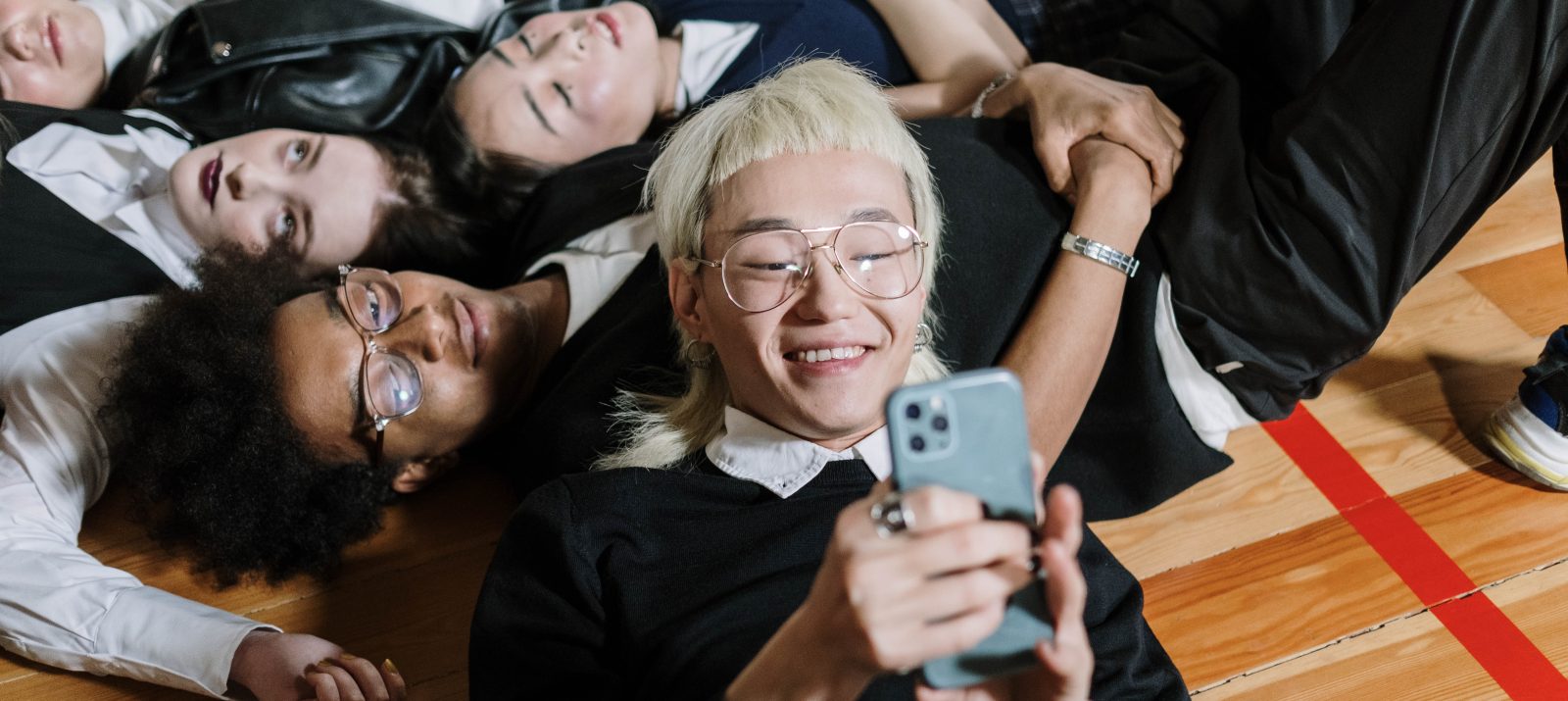
Gaming videos on YouTube , beauty tips on Instagram, crime shows on TV and dance videos on TikTok – these are some of the media formats that young people currently like to use the most. But not everything is equally popular with girls and boys. Beauty and dancing are girls’ stuff, while thrillers and games are great for boys – right?
Smartphones, tablets and the like: The media that young people use most today are connected to the Internet and are often referred to as “new media. But the role models they encounter on the net are often not new at all. Role clichés dominate on social media in particular. Boys and men usually serve a wide variety of topics such as politics, sports, games or comedy. As Fitfluencers , they show off their muscles, play crude pranks in prank videos or show off their performance in computer games in speed runs. Influencers tend to serve topics from the private and domestic sphere, such as hobbies, lifestyle and beauty. They present make-up tips like YouTuber Bibi, share delicious cooking recipes and give an insight into their everyday lives in vlogs.
The idea of what is “typically male” and “typically female” is shaped by society and also conveyed through the media. Studies show that stereotypical gender portrayals can reinforce traditional views held by young people. Depending on what content young people use, social media can reinforce stereotypical ideas of gender. However, social platforms have more to offer than role clichés: If you specifically look for them, you will find a wide variety of offers on social media – beyond classic gender roles.
One of the most important tasks in adolescence is the formation of one’s own identity. Young people often orient themselves strongly on their media role models such as influencers, series characters or music stars. Their idols often convey not only gender stereotypes, but also unrealistic beauty ideals. During puberty, when the body is changing, teenagers are particularly receptive to such images of beauty. Smooth skin, a slim figure or a trained body are therefore goals that many young people strive for. By staging and filtering selfies, they can come ever closer to this ideal digitally. Positive feedback on edited images initially gives self-confidence. Later, however, dissatisfaction with one’s “unprocessed” appearance can quickly arise.
Young people like to try things out, and that works best when they have different role models. Have your child show you which people from series, the music scene and social media they think are great and ask why they are fascinated by them.
If you have the impression that your child is strongly oriented towards gender stereotypes, strengthen his or her self-esteem and point out alternatives. Research examples together that show physical diversity and diverse role models: